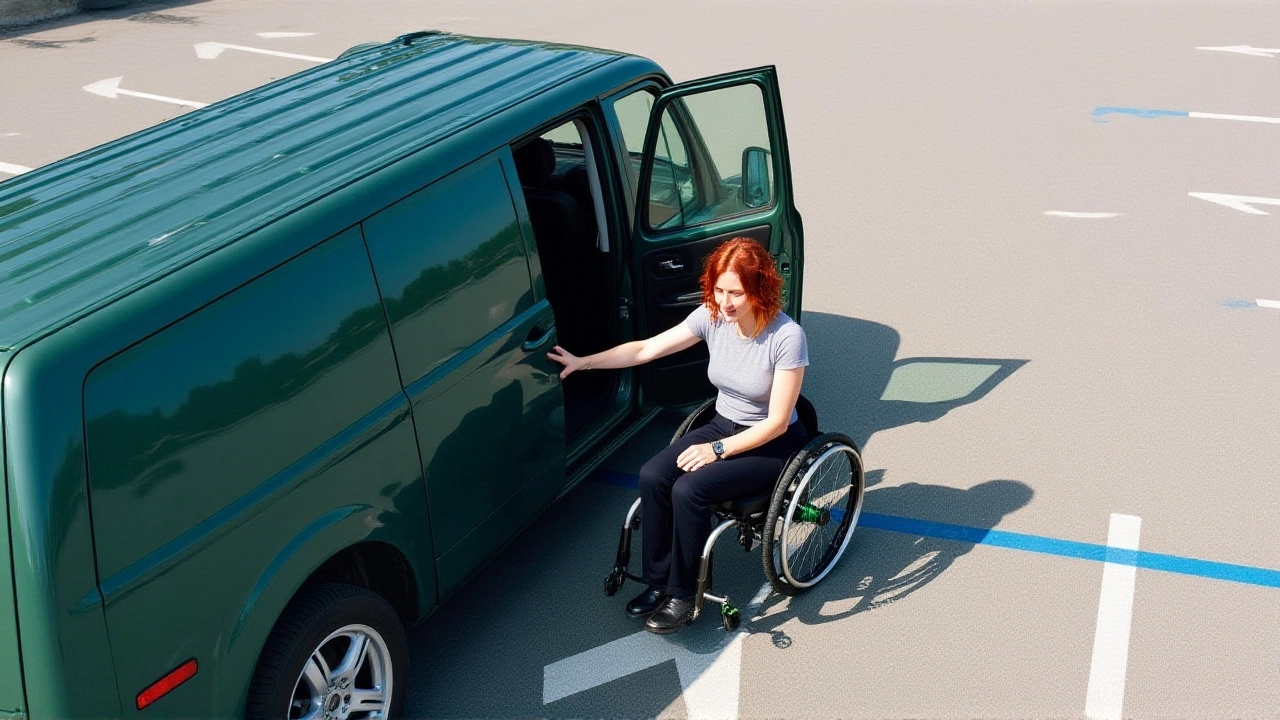For nearly five decades, the Motability Scheme has been a lifeline for hundreds of thousands of disabled people in the United Kingdom — offering brand-new vehicles, powered wheelchairs, and wheelchair-accessible vehicles in exchange for mobility allowances. But now, the foundation of that support is under threat. On November 4, 2025, evisionevs.co.uk broke news that the UK government is considering removing long-standing tax exemptions for vehicles leased through the Motability Scheme, starting with the elimination of VAT exemptions. The move, if enacted, would mark the most significant financial shift to the program since its inception in 1978 — and could force many disabled families to choose between mobility and other essentials.
What’s Changing in the 2025 Price List?
On October 1, 2025, Motability Operations Ltd. — the private company contracted by the government to run the Scheme — unveiled its latest price list, covering October 1 to December 31, 2025. The new rates show a clear trend: electric vehicles are becoming more accessible, but not without cost. The Hyundai Ioniq 5 (corrected from "Inster" in source) is now available from just £199 advance payment, while the Renault Captur hybrid starts at £395. But the top end of the range tells a different story. The Ford Kuga hybrid jumps to £1,395, and the Suzuki e-Vitara and Hyundai Tucson both sit at £999. These aren’t just prices — they’re barriers.What’s more, the announcement explicitly noted that “The Advance Payment for some EVs could also change due to the introduction of the new government electric car grant.” That grant, rolled out earlier in 2025, caps subsidies at £2,500 for eligible EVs — a sharp reduction from the previous £3,000. For many, that £500 difference means the difference between an affordable lease and one that requires a second mortgage.
Why Tax Exemptions Matter — and Why Removing Them Is Dangerous
Here’s the thing: the Motability Scheme has never been just about cars. It’s about dignity, independence, and survival. Since 1978, the program has operated on a model that combines mobility allowances — paid by the government to qualifying disabled people — with tax breaks that keep vehicle costs low. VAT exemption alone saves customers an average of £4,200 per car. Add in company car tax exemptions and fuel duty relief, and the total savings for a typical lease can exceed £6,000 over three years.Removing these exemptions doesn’t just raise prices. It fundamentally breaks the financial equation that makes the Scheme work. Right now, Motability Operations Ltd. absorbs the tax burden as part of its operational model, passing savings directly to users. If VAT is reinstated, that cost gets pushed onto customers — or absorbed by the company, which could mean fewer models, longer waiting lists, or reduced service quality.
“This isn’t a minor tweak,” said Dr. Lena Patel, a policy analyst at the Disability Rights UK. “We’re talking about a program that supports over 650,000 people. Many of them can’t work because of their conditions. For them, a car isn’t a luxury — it’s how they get to physiotherapy, to the GP, to see their grandchildren. If the cost goes up, they’ll stop driving. And that’s not a policy decision — it’s a humanitarian crisis waiting to happen.”

Who’s Affected — And How Many Are at Risk?
The Scheme serves four main groups: recipients of the Higher Rate Mobility Component (HRMC) of Disability Living Allowance (DLA), the Enhanced Rate Mobility Component (ERMC) of Personal Independence Payment (PIP), the War Pensioners’ Mobility Supplement (WPMS), and the Armed Forces Independence Payment (AFIP). Together, they make up the core user base.According to Motability’s own 2024 annual report, 68% of users rely on the Scheme for their only form of transport. Nearly 40% live in rural areas where public transit is nonexistent. And here’s the kicker: 56% of those users have incomes below £15,000 per year — far below the UK median.
Even a £500 increase in advance payment could knock out hundreds of thousands of applicants. The Renault Symbioz hybrid, for example, is now priced at £995 — already out of reach for many on PIP. If VAT is added, that could jump to £1,194. Suddenly, the £199 Hyundai Ioniq 5 becomes £239. It’s not a big number on paper. But for someone living on £120 a week after housing and bills? That’s a month’s food budget.
The Government’s Silence — And What Comes Next
As of November 24, 2025, the Department for Work and Pensions has made no formal statement on the proposed VAT changes. Motability Operations Ltd. has issued a vague statement: “We are closely monitoring all policy developments and remain committed to supporting our customers.” But silence speaks volumes.Meanwhile, campaigners are mobilizing. The Motability Foundation has launched a petition titled “Don’t Tax Our Mobility,” which has already gathered over 89,000 signatures in 12 days. Protests are planned in London, Manchester, and Belfast for early December.
The timing is suspicious. The government’s new Electric Vehicle Car Grant was rolled out in July 2025, and already, the cost of EVs under Motability is rising. Is this a coordinated effort to shift costs from taxpayers to disabled people? Or is it simply a case of policy misalignment? The answer matters — because lives are on the line.

What You Can Do
If you or someone you know relies on the Motability Scheme, don’t wait for the government to act. Contact your MP. Join the petition. Share your story. The Scheme has survived 47 years because people fought for it. Don’t let it die in silence.Frequently Asked Questions
How would removing VAT exemptions affect monthly costs for Motability users?
Removing VAT (currently 20%) on a typical £20,000 vehicle would add roughly £4,200 to the total cost over a three-year lease. That cost is typically absorbed by Motability Operations Ltd. under current tax rules. If passed on to users, it could raise advance payments by £300–£700 depending on the model — enough to disqualify many low-income applicants who already struggle with the current fees.
Who exactly qualifies for the Motability Scheme in 2025?
To qualify, individuals must receive the Higher Rate Mobility Component of Disability Living Allowance (DLA), the Enhanced Rate Mobility Component of Personal Independence Payment (PIP), the War Pensioners’ Mobility Supplement (WPMS), or the Armed Forces Independence Payment (AFIP). Applications must be submitted between October 1 and December 31, 2025, to lock in the current pricing structure before any tax changes take effect.
Why are electric vehicles still available at low advance payments despite rising costs?
Some EVs like the Hyundai Ioniq 5 and Fiat 500e remain at low advance payments because Motability Operations Ltd. is temporarily absorbing the cost of the reduced government EV grant. But this is unsustainable. If the VAT exemption is removed, even these models will likely see price hikes — possibly by early 2026.
What services are included in a Motability lease?
Every Motability lease includes comprehensive insurance for up to three named drivers, full servicing and repairs, annual MOT testing, breakdown cover through the RAC, replacement tires, and windscreen repair. This all-inclusive model is unique in the UK and eliminates hidden costs that many disabled people can’t afford.
Has the Motability Scheme ever faced similar threats before?
Yes — in 2013, when PIP replaced DLA, there were fears of reduced eligibility. But the tax exemptions remained intact. This is the first time the core financial model — the tax breaks that make the Scheme affordable — is under direct threat. Previous changes affected who qualified. This one threatens whether anyone can afford to use it.
What’s the government’s official stance on these proposed changes?
As of late November 2025, the Department for Work and Pensions has not issued any official statement. No consultation has been launched, and no draft legislation has been published. This lack of transparency has fueled public suspicion that the changes are being quietly pushed through without public scrutiny.
